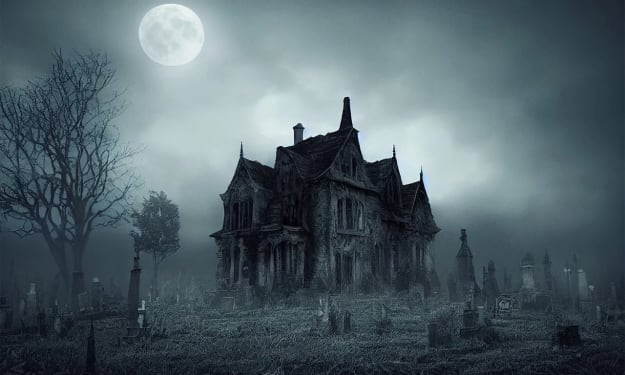What is the shape of the universe?
Universe

The universe might be huge, however analysts have different marks of proof that uncover its shape. (Picture credit: Weiquan Lin by means of Getty Pictures)
The universe might appear to be indistinguishable on the grounds that it is so immense, yet it has a structure that space experts can notice. All in all, how is it molded?
Physicists think the universe is level. A few lines of proof highlight this level universe: light left over from the Huge explosion, the pace of development of the universe at various areas, and the way the universe "looks" from changed points, specialists told Live Science.
David Spergel (opens in new tab), a hypothetical astrophysicist and emeritus teacher of astrophysical sciences at Princeton College, has tested the state of the universe for a really long time. In a recent report distributed in The Astrophysical Diary (opens in new tab), Spergel estimated anomalies in the grandiose microwave foundation (CMB), light left over from the Huge explosion, that were seen by NASA's Wilkinson Microwave Anisotropy Test (WMAP) and later by the European Space Organization's Planck shuttle.
The measures of positive and negative energy in a level universe are the very same, and in this way counterbalance one another. On the off chance that the universe had a shape, one would be higher than the other. "A level universe relates to a universe with zero energy," Spergel told Live Science.
Related: What number of iotas are in the perceptible universe?
For this situation, the WMAP estimations of CMB vacillations proposed the universe was both limitless and level. Spergel additionally contrasted these estimations and those made by the European Space Office's Planck space apparatus, which further obliged the potential shapes the universe could take.
"We can gauge the bend with some vulnerability, so we can say that the arch is zero with some vulnerability," Spergel said. "While we can bring down the vulnerability, we just, best case scenario, compel the calculation."
Another explanation Spergel is positive the universe is level is its fast development, which is caught by the Hubble consistent. Since the universe went from appearing as a conservative bundle of issue to extending outward at surprising rates, all that extending delivered it level, or if nothing else as near level as could be expected.
Proof for the levelness of the universe likewise appears in what's known as the basic thickness. At the basic thickness, a speculative universe would be level and would ultimately quit growing, however solely after an endless time, as per the Swinburne College of Innovation (opens in new tab) in Australia. On the off chance that a speculative universe were denser than this, it would be bended like a circle and in the long run breakdown in on itself because of its gravity — a proposed peculiarity known as the "Large Crunch."
However, all estimations of our genuine universe recommend it is simply beneath the basic thickness, meaning the universe is both level and will extend endlessly.
One more line of proof recommends the universe is level: It is isotropic, meaning it appears to be identical from each point. Anton Chudaykin (opens in new tab), a physicist at the Establishment for Atomic Exploration in Russia, and partners took a gander at the information on motions in normal, or "baryonic," matter, as well as models of how nuclear cores heavier than hydrogen were made not long after the Huge explosion, to gauge the bend of the universe.
"In various calculations, matter and light advance in an unexpected way, which permits us to separate the three-layered state of the universe from perception information," Chudaykin told Live Science.
The examination, distributed in the diary Actual Survey D (opens in new tab), found that to inside a 0.2% edge of exactness, the universe was flat."The information we accumulated show that the spatial curve is steady with nothing," the scientists wrote in the review. "It suggests that our universe inside measurable vulnerability is boundless."





Comments
There are no comments for this story
Be the first to respond and start the conversation.